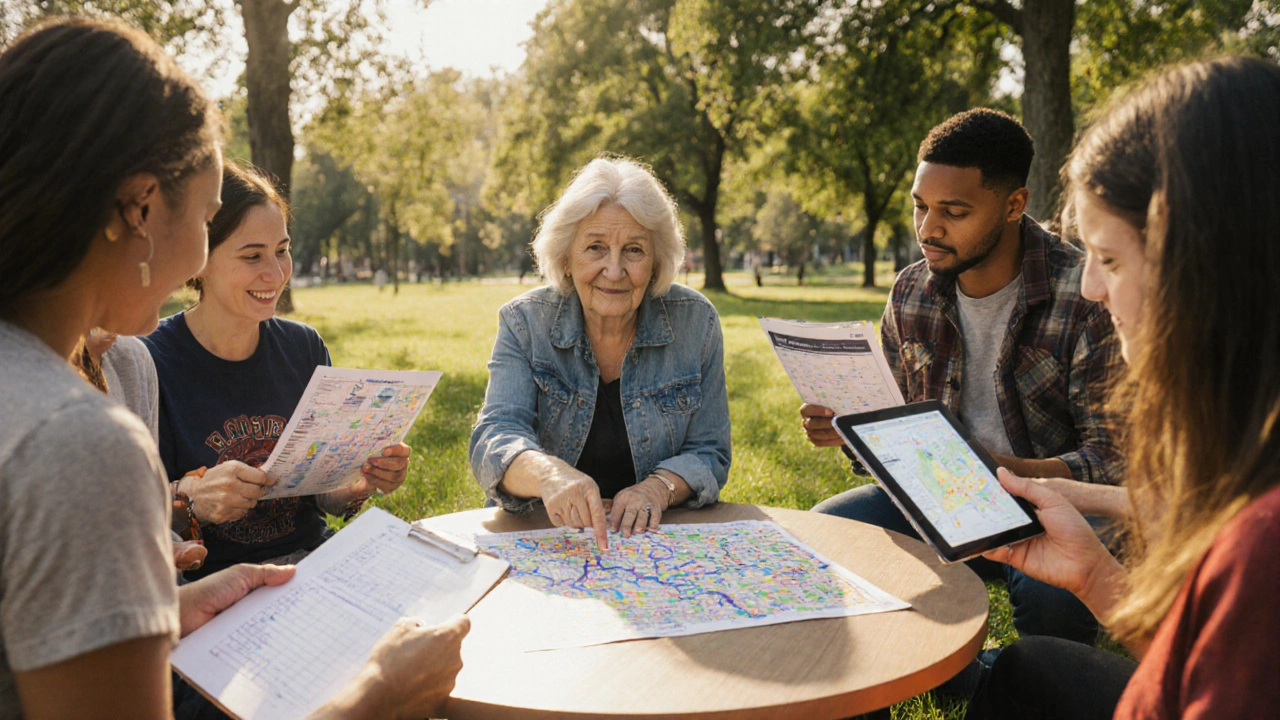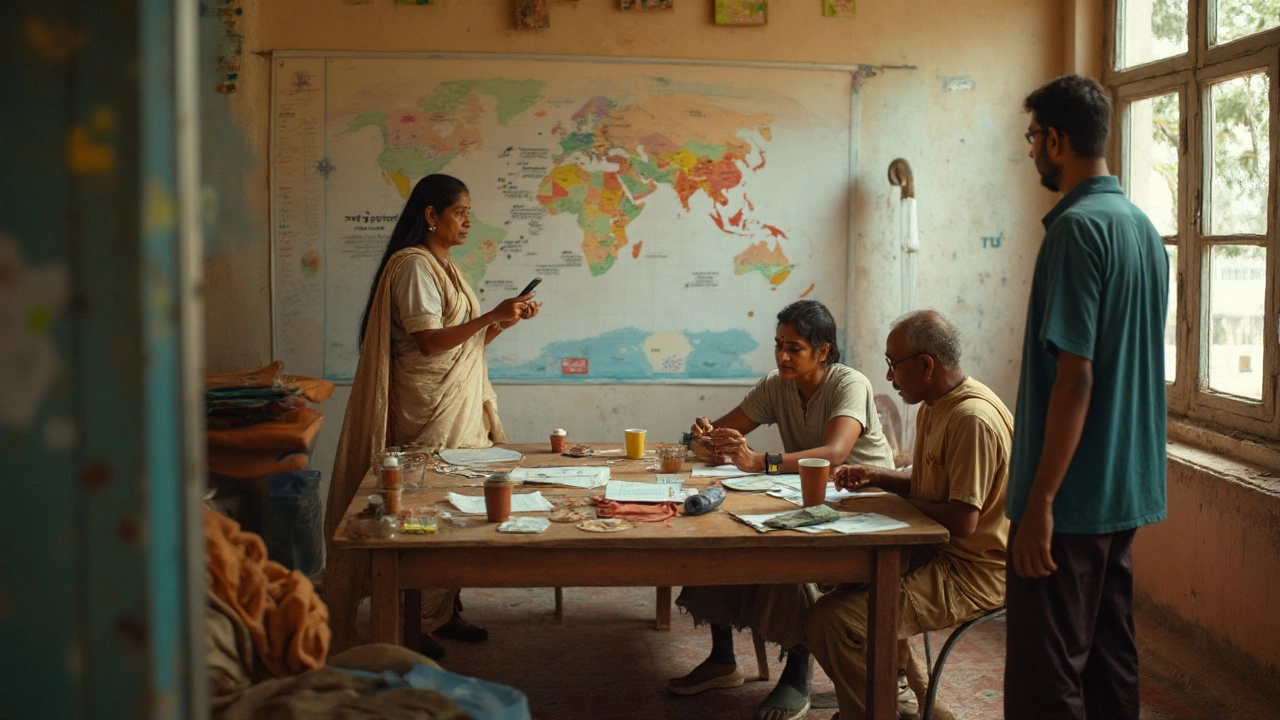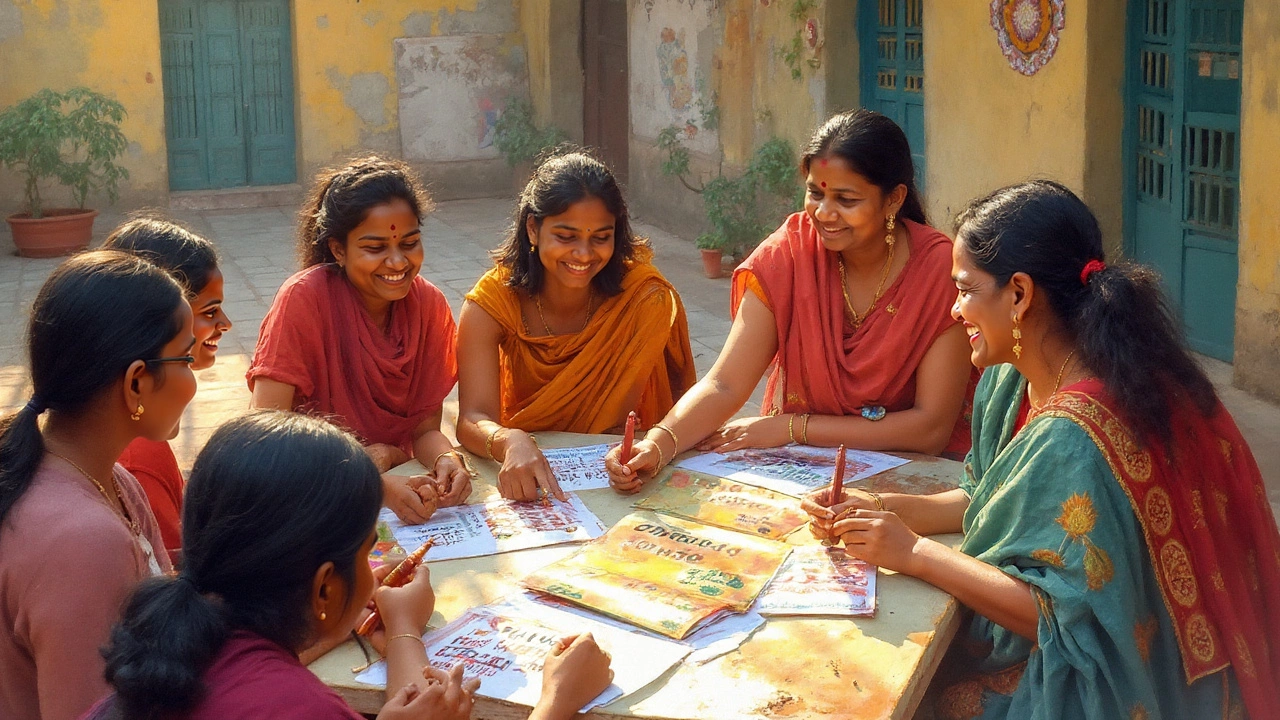Community Outreach Made Simple – Your Go‑To Guide
Ever wonder why some outreach projects click while others fizzle out? The difference often boils down to clear goals, the right people, and tools that actually work on the ground. This page pulls together the best advice from our articles so you can jump straight into building impact‑driven programs – no fluff, just what you need.
How to Build an Effective Outreach Plan
Start with a single question: who are you trying to help? Sketch a quick profile of the community – age, interests, challenges – and keep it visible throughout the project. Next, set one or two concrete objectives. Want to increase school enrollment by 15%? Or maybe connect 200 families to health services? Specific numbers keep everyone focused.
Once you know the target, map out the steps. A simple template works well: define the message, pick the channels (social media, flyers, door‑to‑door visits), assign responsibilities, and set deadlines. Keep the timeline realistic; most volunteers can commit a few hours a week, so break big tasks into bite‑size chunks.
Measure as you go. Pick one or two key metrics – attendance at events, number of referrals made, or a satisfaction survey score. Collect data after each activity and adjust. If a flyer isn’t getting responses, try a short video or a WhatsApp broadcast instead.
Roles that Drive Community Outreach
Every successful effort has a few core roles. The outreach coordinator is the project’s glue: they plan, track progress, and keep volunteers motivated. An outreach member or volunteer goes out, builds trust, and hands out resources. A leader or manager sets the vision, secures partnerships, and clears roadblocks.
Skills matter more than titles. Good listeners, people who can explain ideas in plain language, and those comfortable with basic tech tools (like spreadsheets or free graphic apps) are gold. If you’re hiring or recruiting, look for these traits rather than a long résumé.
Don’t forget the community itself. Involve local influencers – teachers, religious leaders, or youth group heads – early on. Their endorsement can turn a hesitant audience into eager participants.
Now that you’ve got the basics, here are three quick hacks that work across projects. First, craft a one‑sentence tagline that tells people exactly what you’re offering – it sticks better than a paragraph. Second, use a simple checklist for each event (venue, supplies, contact list, follow‑up) to avoid last‑minute panic. Third, celebrate small wins publicly; a thank‑you post or a photo of volunteers makes the effort visible and draws more support.
Remember, outreach isn’t a one‑time push. It’s a cycle of listening, acting, and refining. When you treat each interaction as a chance to learn, the program becomes more resilient and the community feels heard.
Ready to start? Grab a notebook, sketch your community profile, set a clear goal, assign a coordinator, and launch the first activity. Keep your plan lean, track a couple of metrics, and celebrate the progress. You’ll see the impact grow, one step at a time.
What Does a Person in Outreach Do? Real Roles, Daily Tasks, and Why It Matters
A person in outreach builds trust with marginalized individuals by showing up consistently, connecting them to services, and advocating for their needs - often without recognition. It's not about fixing people, but about seeing them.
Read MoreHow to Organize a Community Outreach Program That Actually Works
Learn how to organize a community outreach program that builds real trust and creates lasting change-not just one-time events. Start with listening, pick one goal, and show up consistently.
Read MoreHow to Create an Effective Community Outreach Plan
Learn how to create a practical, community-driven outreach plan that builds trust, reaches the right people, and creates real change without a big budget. Step-by-step guide for nonprofits and local groups.
Read MoreBest Community Outreach Programs: How to Choose the Right One
Discover how to pick the best outreach program for your community with a step‑by‑step guide, comparison table, funding tips, and easy impact metrics.
Read MoreVolunteer Health Benefits: Conditions Volunteers Suffer Less From
Volunteers enjoy lower rates of depression, anxiety, heart disease, loneliness, and overall mortality. Discover why, who benefits most, and how to start volunteering for better health.
Read MoreRoles and Responsibilities of Community Outreach: Key Duties, Skills, and Examples
Clear, practical guide to community outreach roles. Learn duties, skills, planning steps, metrics, examples, checklists, and FAQs to run effective programs.
Read MoreHow to Write a Community Outreach Plan: Step-by-Step Guide for Local Impact
Discover a straight-shooting guide to writing a community outreach plan. Get steps, tips, and examples to make your outreach really matter.
Read MoreCommunity Outreach: What’s the Main Goal and Why Does It Matter?
Community outreach isn't just about showing up or handing out flyers. At its core, it aims to build strong connections and meet real needs within a community. This article breaks down the main goal of community outreach, offers tips for making an impact, and uncovers what makes outreach efforts succeed (and sometimes fail). Want to see your neighborhood thrive? Here’s how outreach can play a big role.
Read MorePrimary Aim of a Community Outreach Program: Making Real Impact Up Front
Looking at what drives a community outreach program, this article gets straight to the main purpose—helping people and solving real problems. From boosting access to resources to closing gaps between organizations and the community, you’ll get practical insights. Expect examples that show how these programs actually work in the real world. Find out what makes a program successful and where groups sometimes go wrong. Simple tips for anyone who wants their outreach efforts to be more effective.
Read MoreGet Better Outreach: Real Tips That Actually Work
Want to boost your community outreach game? This article lays out practical steps anyone can use to connect with people and actually get responses. From crafting messages that don’t get ignored to finding the right folks to talk to, you’ll pick up solid hacks that make a real difference. The tips focus on simple, real-world actions—nobody needs a marketing degree for these. Whether you’re building a nonprofit or just want to organize better events, you’ll find something here that sticks.
Read MoreCommunity Outreach Member: What Do They Actually Do?
A community outreach member connects people with resources, builds trust, and helps neighborhoods tackle real-life problems. This article uncovers what the job really involves, why it matters, and how anyone can get started. Expect practical tips, relatable stories, and a peek into the daily grind. Whether you want to help out or just want to know what these folks actually do, you’ll find answers here.
Read MoreCore Values of Community Engagement: What Really Matters
Community engagement isn’t about ticking boxes or showing up for a few meetings—it’s about having real values that shape how we work together. In this article, you'll find out what the four core values of community engagement are, why they matter, and how they play out in the real world. Get practical tips you can use, plus interesting facts about what makes communities really click. Whether you're leading a neighborhood project or just trying to get your voice heard, this guide will help you do it better. The big stuff is easier than you think once you have the right values in place.
Read More- 1
- 2











